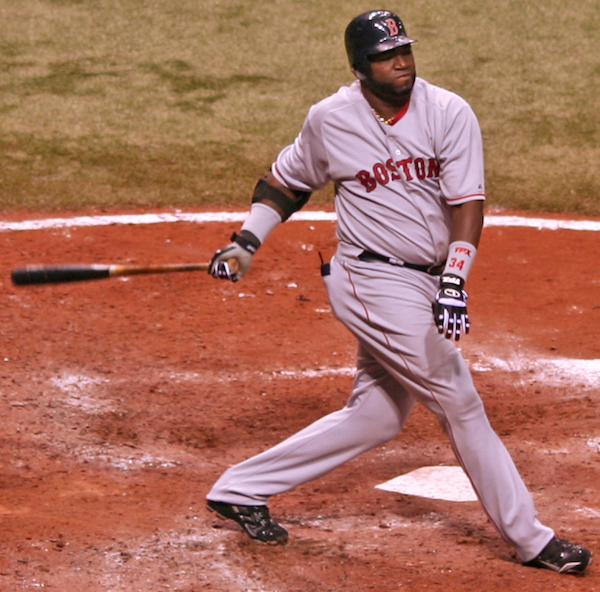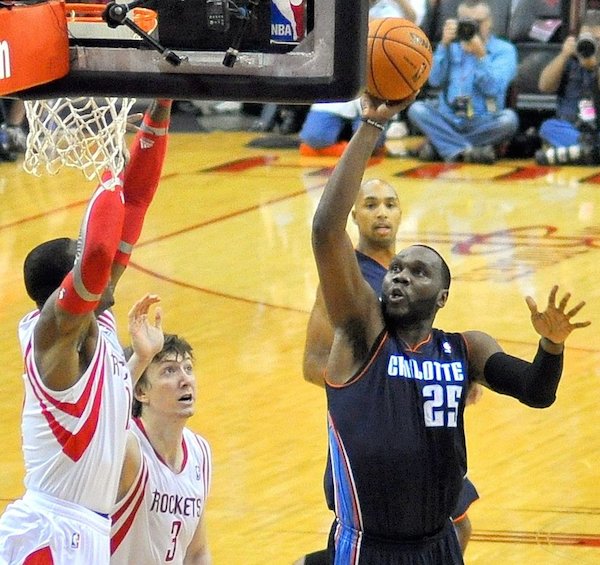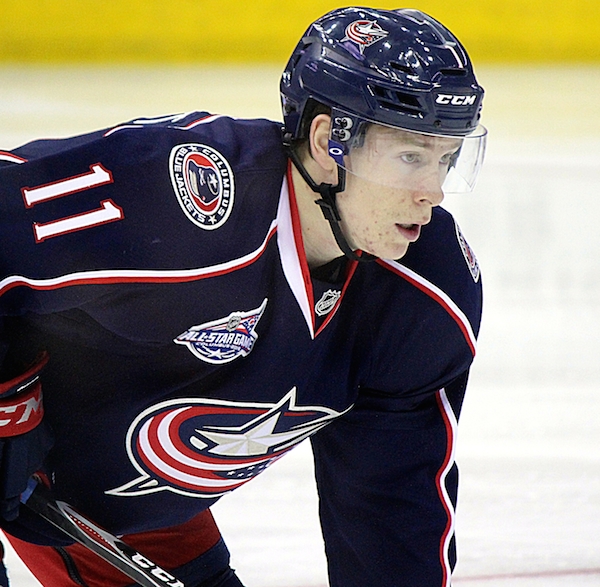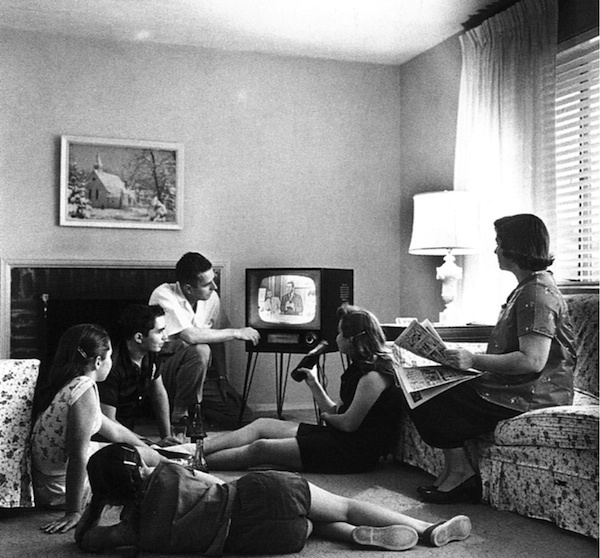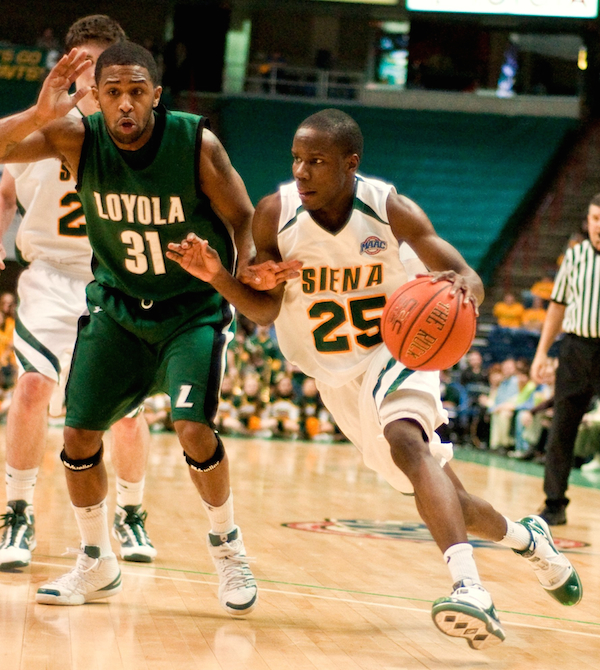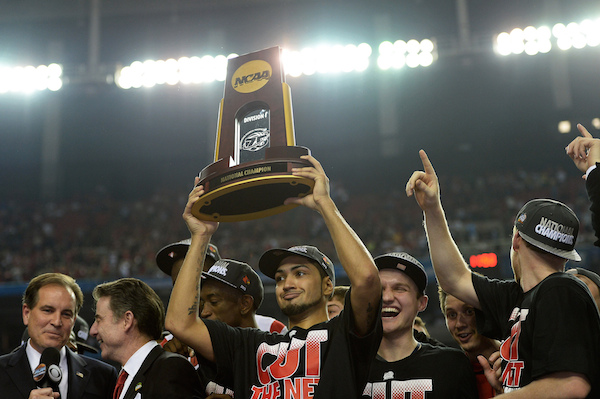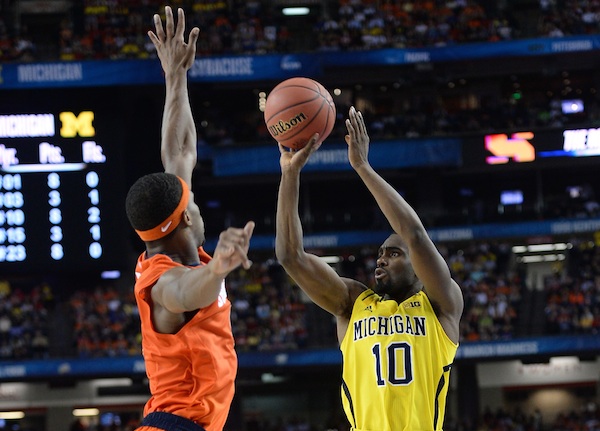Dear Sports Fan,
What is traveling in basketball? Can you explain the traveling rule? I know it has something to do with a player walking instead of dribbling but I don’t quite understand how it works.
Thanks,
Traci
Dear Traci,
Like you said, traveling is a rule in basketball that dictates how a player can move with the ball. A traveling violation is called when a player moves in an improper way. When this happens, a ref blows his or her whistle and the ball is given to the team that had been defending. Beyond this, I have to admit that I’m probably about as unclear as you are. Traveling has officially flummoxed me! It’s a strange feeling. Usually, when I get a question, I have a pretty good idea of how to answer it. Other times, I have to dig into the internet and do some research before I can come up with an answer. Even with the hardest questions, it’s rare for me to be stumped, even after reading up on a subject. Traveling is just one of those semi-unfathomable mysteries in life, like the nature of black holes or why breakfast is so satisfying when eaten at non-traditional times. Still, your question deserves an answer, so I’ll do my best.
From an overly simplified vantage point, traveling is easy to understand. Imagine teaching a child to play basketball. The first thing you establish would probably be the goal of the game — to get the ball through the basket in a top-down direction. Great! The kid gets it, grabs the ball, runs down the court and tries to score. “No, no” you might say, “you can’t just run with the ball, it’s not like football.” Then you’d explain the second most obvious rule in basketball — that you have to bounce the ball on the floor while moving with it. Traveling is the name given to a violation of this second rule. In principle, it’s simple. In reality, it’s complicated. I think the best way to delve into the complications is in the form of a question and answer session.
Q: Does it matter how many steps you take between bounces while you’re dribbling?
A: No! As long as you are dribbling, you can pretty much do whatever you want — you can take giant tall dribbles with lots of steps between bounces or tiny small ones.
Q: Can you start dribbling, stop, and then start again?
A: No! Once a player starts dribbling with the ball, she has to keep dribbling to keep moving. If she stops, another player on either team (or the rim) has to touch the ball before she can start dribbling again.
Q: Do you have to start dribbling right away, once you get the ball?
A: No! If a player gets the ball and comes to a stop (or maybe he was already standing still) without dribbling, he can stand still with the ball without dribbling. He can even move around a little as long as one foot remains still on the ground. This foot is called the “pivot foot.”
Q: What’s the deal with squirming around on the ground? I’ve seen that sometimes called traveling.
A: You’re right! If a player is on the ground, she may not “gain an advantage” by sliding while holding onto the ball.
Q: Okay, got it. This doesn’t seem so complicated. So, how many steps can a player take without dribbling?
A: Ah. There’s the rub. I don’t really know. The traditional, basketball-folk story has been that only two steps were allowed. In recent years though, particularly in the NBA (all our discussion today has been about NBA rules, although NCAA rules are not so different) this has obviously not been the case. Some of this is due to a culture of leniency when it comes to how referees enforce the traveling rules. Perhaps the league instructed them to err on the side of allowing play to continue undisturbed unless the traveling violation were particularly offensive. That’s possible. But it’s also true that the rule seems to almost intentionally obfuscate the issue. Instead of simply talking about steps, the rule uses the word “counts.” For example, “A player who receives the ball while he is progressing or upon completion of a dribble, may use a two-count rhythm in coming to a stop, passing or shooting the ball.” It then goes on, in great and almost incomprehensible detail to try to define what counts as a “count.” Some of the sub-definitions refer to the number of steps a player can take, some don’t. It’s almost as if the NBA wanted to make the traveling rule so complicated that fans (and maybe even players) would simply have to take the referees word as the truth.
Q: Hmm. So when you watch a basketball game, you really have no idea when traveling is going to be called?
A: No — that’s the funny thing. I generally do know when traveling is and isn’t going to be called. It’s as if, over the hundreds of hours I’ve spent watching basketball, I’ve developed an instinct for traveling as defined by NBA refs collective judgement. I know it when I see it (most of the time) but I can’t properly explain it. This is frustrating to me because it goes against my theory that with proper explanation, non-sports fans would be able to understand and enjoy sports much more than they do today.
Q: So what do I do now? How can I learn more about traveling?
A: Well, I guess the best thing to do is to understand the basic principles, which I hope this blog post has helped with, and then understand that even the most die-hard basketball fans probably don’t actually understand much more than that. Sometimes just knowing that other people don’t know either is all you need to know. You know? Armed with that understanding, you should feel free to watch lots of basketball and build your own sense of what should and shouldn’t be a travel. There are also lots of YouTube compilations of basketball plays which people think should have been called travels but weren’t. Here’s one good one.
Thanks for the questions,
Ezra


